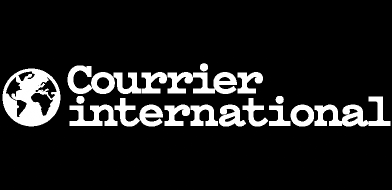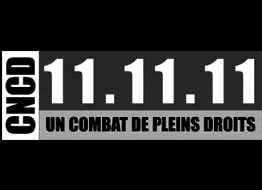[guestbook-title]
Google TranslateWhat about #Woman?
Since the 1990s, an increasing proportion of migrants are women and today they represent almost half of those crossing international borders. In some regions of the world, including Europe, North America and the Middle East, the majority of immigrants are women. In the past women mainly migrated to join families, but today, like men, most women migrate to seek work. Women and girls also make up more than half the world's 16.7 million refugees.
Throughout their journeys, women migrants are particularly exposed to violence, exploitation and discrimination. Along the route from Mexico to the United States, in addition to the violence suffered by all migrants, women and girls face risks of sexual assault and rape, by criminals, other migrants and corrupt public officials. In countries of arrival, they often occupy poorly paid jobs in the informal sector, with little or no legal protection. Many work behind closed doors, as domestic workers, cleaners and carers, where they are especially vulnerable to abuse by their employers.
Despite the risks, women continue to embark on perilous journeys, across land and sea borders, to reach their aims: escaping persecution and poverty, finding employment, looking after their families. For many women, migration is also an opportunity for emancipation and contributes to challenging and transforming traditional public and private gender roles.
The International Federation for Human Rights, known by its French acronym FIDH, is an international human rights NGO representing 178 organizations from to 120 countries. For more information: www.fidh.org
Read More
Since the 1990s, an increasing proportion of migrants are women and today they represent almost half of those crossing international borders. In some regions of the world, including Europe, North America and the Middle East, the majority of immigrants are women. In the past women mainly migrated to join families, but today, like men, most women migrate to seek work. Women and girls also make up more than half the world's 16.7 million refugees.
Throughout their journeys, women migrants are particularly exposed to violence, exploitation and discrimination. Along the route from Mexico to the United States, in addition to the violence suffered by all migrants, women and girls face risks of sexual assault and rape, by criminals, other migrants and corrupt public officials. In countries of arrival, they often occupy poorly paid jobs in the informal sector, with little or no legal protection. Many work behind closed doors, as domestic workers, cleaners and carers, where they are especially vulnerable to abuse by their employers.
Despite the risks, women continue to embark on perilous journeys, across land and sea borders, to reach their aims: escaping persecution and poverty, finding employment, looking after their families. For many women, migration is also an opportunity for emancipation and contributes to challenging and transforming traditional public and private gender roles.
The International Federation for Human Rights, known by its French acronym FIDH, is an international human rights NGO representing 178 organizations from to 120 countries. For more information: www.fidh.org
Hide Info















